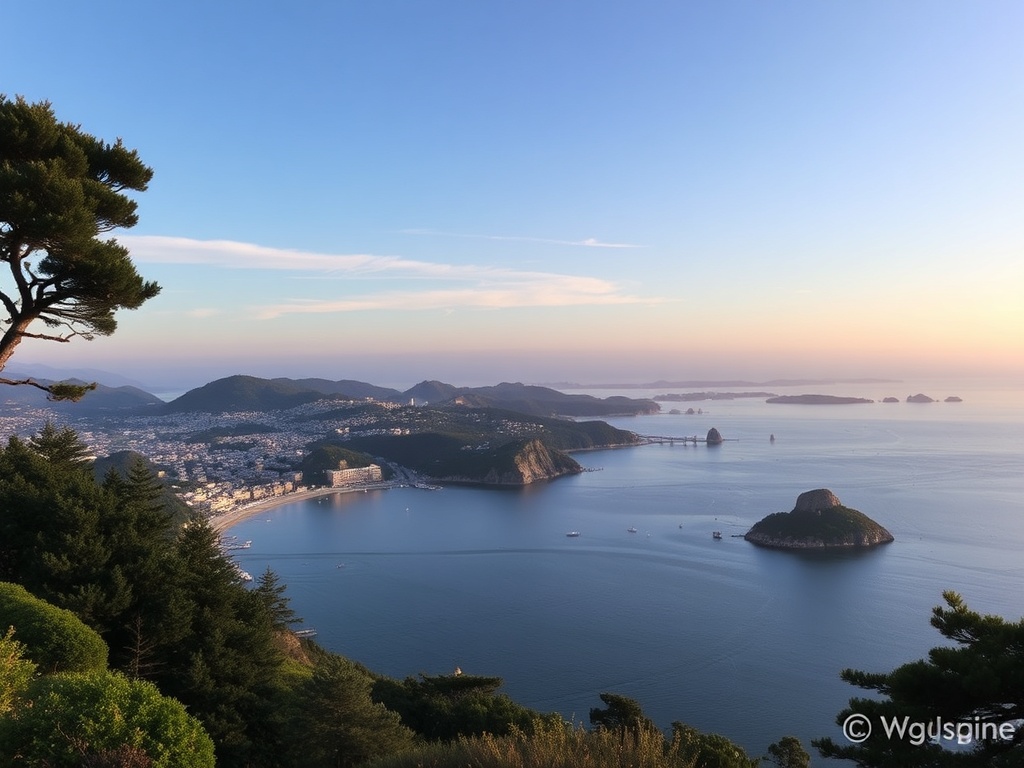Marin County: A Guide to Getting Outside, Eating Local, and Protecting the Coast
Marin County blends dramatic coastal scenery, ancient redwood groves, working farms, and progressive conservation efforts. Whether you’re planning a day trip or looking to deepen your connection to local landscapes, a few practical tips will help you enjoy Marin’s highlights while supporting long-term stewardship.
Top outdoor experiences
– Marin Headlands: Coastal ridgelines offer sweeping views of the Golden Gate and fierce winter surf. Hike sections of the Coastal Trail for panoramic photo ops; bring layers—the microclimate changes quickly between fog, sun, and wind.

– Muir Woods and Old Growth Redwoods: The quiet of cathedral-like redwood stands is a must-see. Trails range from easy boardwalks to longer loops; parking and visitor access can be limited, so plan ahead and use shuttle services when available.
– Point Reyes National Seashore: Tidal pools, dramatic cliffs, and tule elk are big draws. Tide-watching safety is essential—check tide charts and stay back from slippery rock edges. Explore lesser-known beaches and headlands for solitude.
– Local trail networks: Marin’s interconnected trail system is ideal for hikers, trail runners, and mountain bikers. Respect trail signage and yield etiquette to keep multi-use paths safe for everyone.
Sustainable travel and parking
Parking in popular spots fills early; consider arriving before mid-morning or using public transit and shuttles. Many towns have bike-friendly routes and bike-share options, and ferries from San Francisco create scenic alternatives to driving. Leave no trace: pack out trash, stay on marked trails, and avoid disturbing wildlife.
Farm-to-table and markets
Marin’s agricultural roots show up at weekly farmers’ markets and small-scale dairies. Look for raw milk cheeses, seasonal vegetables, and artisan bread. Farm tours and on-site shops at local dairy operations offer direct access to producers and a chance to learn about regenerative practices. Dining scenes range from casual cafés to destination restaurants emphasizing locally sourced seafood and produce.
Conservation and community action
Marin is a leader in habitat restoration and climate resilience planning.
Efforts to protect wetlands, restore native grasslands, and manage forests for wildfire resilience are ongoing. Visitors can support these initiatives by donating to local land trusts, joining volunteer restoration workdays, or following guidance from park and conservation agencies.
Wildlife and safety
Marin is home to diverse wildlife—deer, raptors, shorebirds, marine mammals, and occasional elk. Keep a safe distance, avoid feeding animals, and secure food and trash in wildlife-proof containers.
When visiting coastal areas, be mindful of sneaker waves and rip currents; swim only at guarded beaches and heed posted warnings.
Accessibility and visitor tips
– Check park websites for trail conditions, permit requirements, and seasonal closures before heading out.
– Pack layers, water, sunscreen, and a basic first-aid kit; many trails lack reliable cell service.
– Dog owners: leash rules vary widely across parks and beaches—verify local regulations to avoid fines and protect wildlife.
– Respect cultural and historical sites. Point Reyes and other areas contain places sacred to local Indigenous communities; observe signage and guidance.
Why it matters
Enjoying Marin responsibly helps preserve the landscapes that make the county special. Thoughtful travel—using public transit when possible, supporting local businesses, and following park rules—keeps trails open and ecosystems healthy for future visitors.
Slow, intentional exploration—whether watching a sunrise over the headlands or savoring cheese at a farm stand—connects people to place and fosters long-term care for this unique coastal region.
